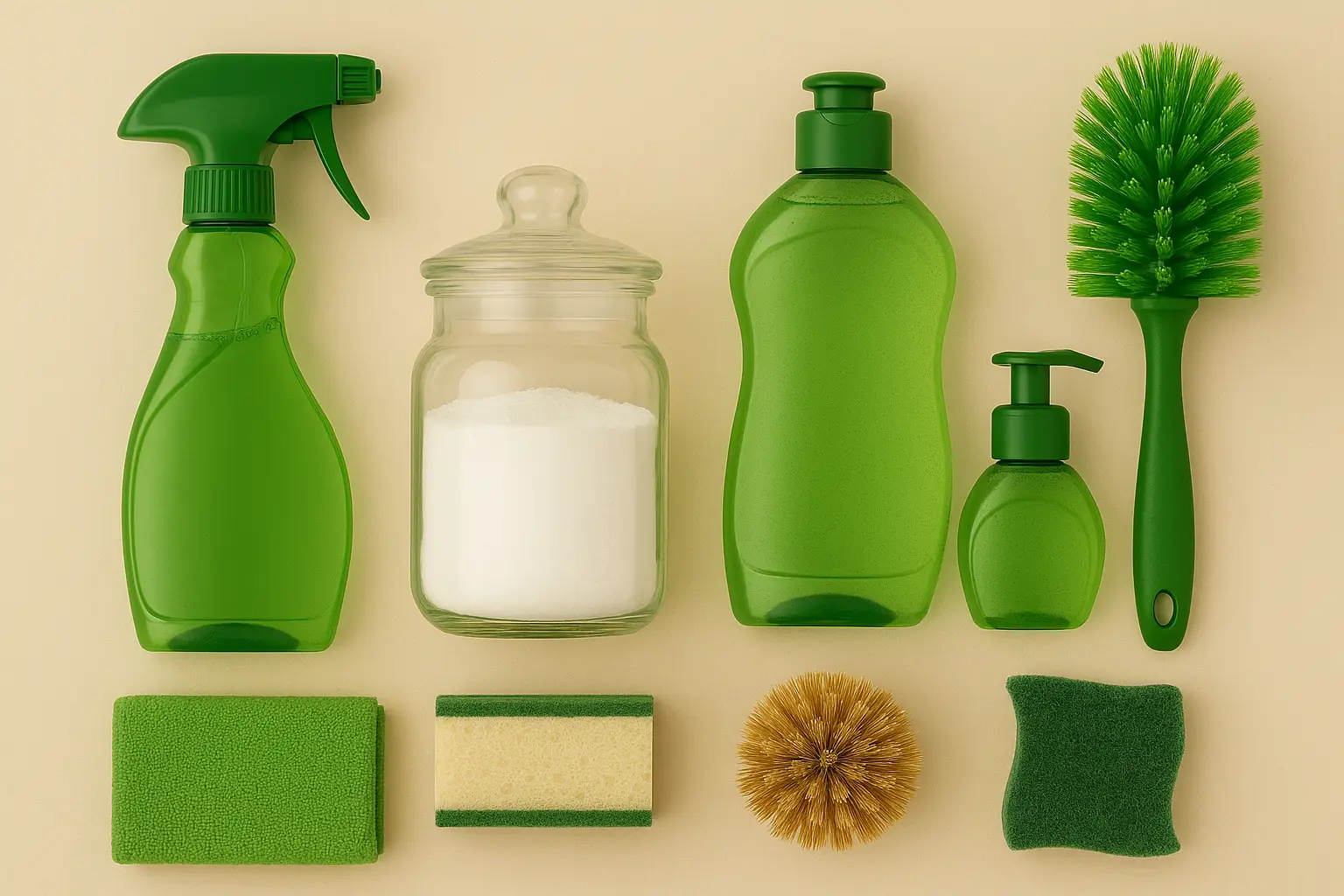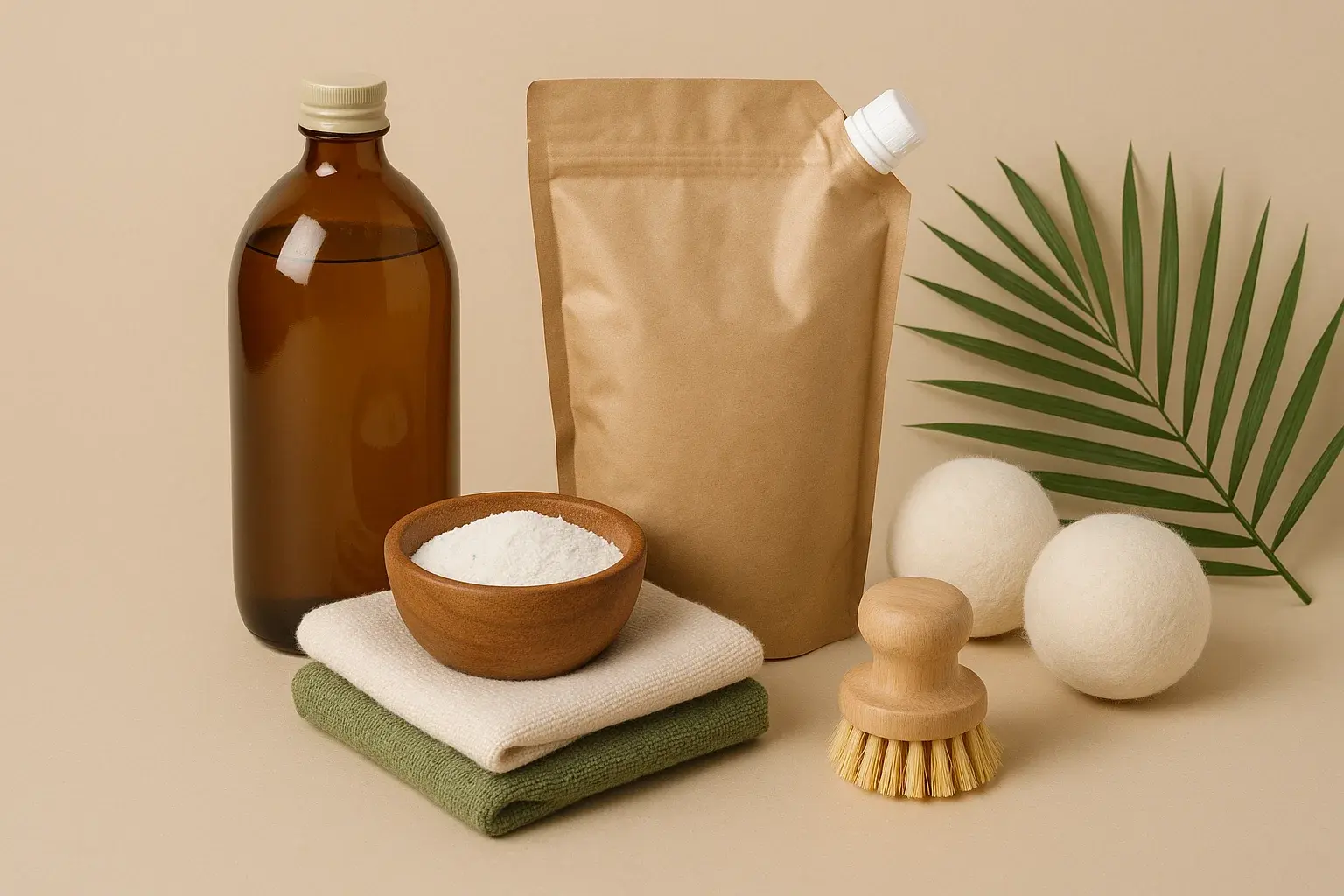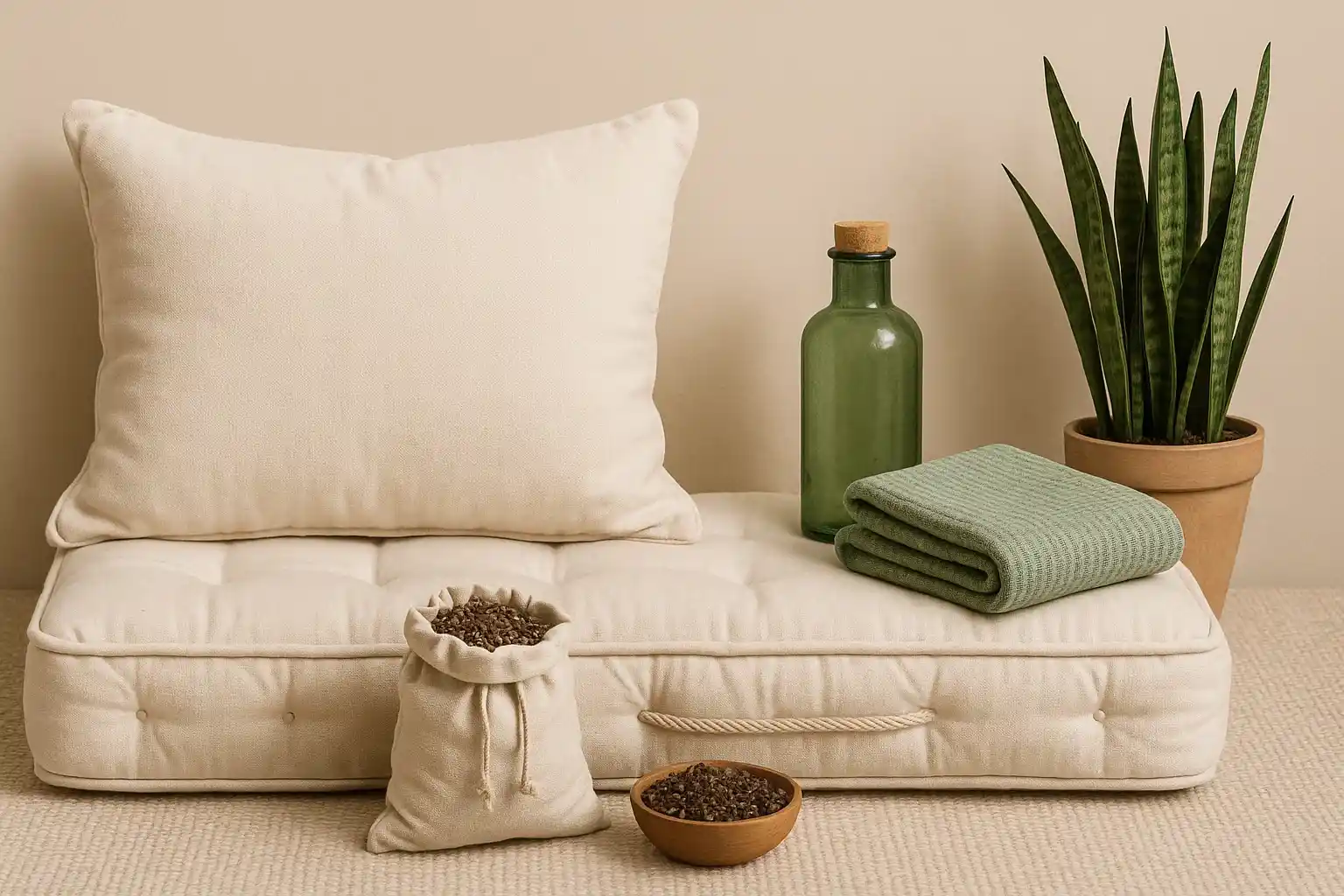Beyond the Hype: Unveiling Truly Effective Green Cleaning Products for a Sustainable Home

The desire for a clean and healthy living space is universal. However, in our increasingly environmentally conscious world, the methods we use to achieve that cleanliness are coming under greater scrutiny. We're no longer just asking, "Does it clean?" but also, "What's the impact on my health and the planet?" This often leads us down the path of exploring "green" cleaning products. Yet, skepticism can linger: are these eco-friendly options truly as effective as their conventional counterparts?
The landscape of green cleaning has undergone a significant transformation. What was once a niche market with limited options has blossomed into a realm of innovation, where efficacy and sustainability go hand-in-hand. It's time to move beyond the notion that going green means sacrificing a sparkling clean home.
This isn't merely about embracing a fleeting trend; it's about making informed, long-term choices that benefit our well-being and the environment we inhabit. Let's delve deeper into the world of green cleaning, exploring products that are not only effective but also contribute to a more sustainable way of living.
Deconstructing "Green": The Pillars of Eco-Friendly Cleaning
To truly appreciate the value of green cleaning products, it's crucial to understand the criteria that define them. These go beyond just a label and reflect a commitment to a more holistic approach:
- The Foundation of Ingredients: Green cleaners often prioritize plant-based or mineral-based ingredients. These are typically derived from renewable resources, reducing our reliance on finite fossil fuels. Think of the cleaning power harnessed from the oils of citrus fruits, the natural abrasiveness of baking soda, or the degreasing properties of plant-derived surfactants.
- The Journey of Degradation: Biodegradability is a key characteristic. Green formulas are designed to break down naturally and safely in the environment after use, minimizing their impact on ecosystems, particularly our waterways. This contrasts sharply with some synthetic chemicals that can persist and accumulate.
- The Absence of Harshness: A hallmark of green cleaning is the conscious avoidance of harsh and potentially harmful chemicals. This includes substances like phosphates (which can contribute to water pollution), chlorine bleach (a respiratory irritant), synthetic fragrances (often linked to allergies and sensitivities), and artificial dyes (primarily for aesthetics with no cleaning benefit). By omitting these, green cleaners prioritize the health of the user and the environment.
- The Responsibility of Packaging: Sustainability extends to how these products are packaged. Green brands often opt for recycled and recyclable materials, minimize the amount of packaging used, and increasingly offer concentrated formulas that require less packaging overall. Some are even exploring innovative packaging alternatives.
- The Ethical Consideration: Many green cleaning brands are also committed to being cruelty-free, ensuring that their products are not tested on animals. This aligns with a broader ethos of respect for all living beings.
Effectiveness Redefined: Green Cleaning That Delivers Results
The historical perception that green cleaners were less potent is largely outdated. Scientific advancements and innovative formulations have led to a new generation of eco-friendly products that can stand toe-to-toe with their conventional counterparts. These products often harness the power of:
- Natural Enzymes: These biological catalysts can effectively break down stains, grease, and organic matter, offering a powerful yet gentle cleaning action.
- Plant-Based Surfactants: These compounds reduce the surface tension of water, allowing it to lift dirt and grime more effectively. Derived from plants like coconut or palm, they offer excellent cleaning power without the harshness of some synthetic surfactants.
- Essential Oils: Beyond their pleasant scents, some essential oils possess antimicrobial and cleaning properties, adding another layer of effectiveness to green formulations.
Exploring the Spectrum of Effective Green Cleaning
Let's take a closer look at specific categories and the types of green products that truly excel:
- The Versatility of Multi-Surface Cleaners: Green multi-surface cleaners, often formulated with ingredients like vinegar (a natural disinfectant and degreaser), citrus extracts (known for their degreasing and deodorizing properties), or gentle plant-based surfactants, are incredibly versatile. They can effectively clean countertops, tables, and a variety of other surfaces, often leaving behind a naturally fresh aroma. The availability of concentrated versions allows users to dilute the product, reducing plastic consumption and saving money.
- The Power of Plant-Based Dish Soaps: Green dish soaps effectively cut through grease and food residue using plant-derived degreasers. These formulas are often gentler on the skin compared to conventional options that can contain harsh chemicals leading to dryness and irritation. Look for concentrated liquids to minimize packaging and maximize cleaning power per bottle.
- The Gentle Strength of Laundry Detergents: Green laundry detergents utilize natural enzymes to tackle stains and plant-based surfactants to lift dirt and grime without relying on harsh chemicals that can fade colors or irritate sensitive skin. Opting for concentrated formulas and those packaged in cardboard reduces plastic waste. Many perform admirably even in cold water, saving energy.
- Tackling Tough Bathroom Challenges Greenly: Bathroom cleaning, with its challenges of soap scum, mildew, and hard water stains, can be effectively addressed with green cleaners containing ingredients like citric acid (a natural descaler), vinegar, or naturally derived disinfectants. These alternatives can be just as potent without the harsh fumes associated with some conventional bathroom cleaners.
- Caring for Floors the Eco-Conscious Way: Whether your home features hardwood, tile, laminate, or other flooring, there are green floor cleaners specifically formulated to clean effectively without leaving behind dulling residue or harmful fumes. pH-neutral options are often preferred, especially for delicate surfaces. Concentrated formulas are also common in this category, promoting sustainability.
Beyond the Products: Cultivating a Sustainable Cleaning Ethos
While choosing effective green cleaning products is a significant step, a truly sustainable approach to cleaning encompasses more:
- The Magic of DIY Solutions: Don't underestimate the power of simple, readily available ingredients. Vinegar, baking soda, lemon juice, and even plain water can be incredibly effective for various cleaning tasks. This reduces your reliance on packaged products altogether.
- The Importance of Reusability: Swapping single-use paper towels and disposable sponges for reusable microfiber cloths and durable sponges significantly reduces waste. These can be washed and reused countless times. Consider investing in glass spray bottles that can be refilled.
- The Principle of Minimalism: Often, we use far more cleaning product than necessary. Adhering to the recommended dosage not only makes your products last longer but also minimizes the amount of chemicals entering the environment.
- Supporting Brands with Integrity: Choosing to purchase from companies that are transparent about their ingredients, ethical sourcing, and commitment to sustainability sends a powerful message and encourages more responsible manufacturing practices.
Embarking on Your Green Cleaning Journey
Transitioning to a greener cleaning routine doesn't have to be an all-or-nothing endeavor. Here's a practical approach:
- Identify Key Areas: Decide which cleaning products you want to replace first. Perhaps start with an all-purpose cleaner or dish soap.
- Become a Label Reader: Take the time to understand the ingredient lists. Look for plant-based ingredients and avoid those known to be harmful. Resources are readily available online to help you identify these.
- Experiment and Find Your Favorites: Just like conventional cleaners, different green brands and formulations have varying textures, scents, and cleaning power. Try a few to discover what works best for your home and preferences.
A Cleaner Home, A Healthier World
Opting for effective green cleaning products is a positive step towards creating a healthier home environment and contributing to a more sustainable future. It's about recognizing that we don't have to choose between cleanliness and environmental responsibility – we can achieve both. By making informed choices about the products we use and embracing mindful cleaning habits, we can collectively make a significant difference.
Related Blogs

5 Home Decor Trends That Nurture Your Space and the Planet
Insights on 5 home decor trends that are also earth-friendly in a sustainable way.

Laying the Foundation for a Greener Home: Your Eco Starter Kit
Insights on building an eco starter kit for your home in a sustainable way.

Step Softly on the Earth: Upgrading Your Home with Natural Floor Rugs
Choose biodegradable and non-toxic jute, organic cotton, or wool rugs over synthetic options.

Clean Laundry, Clear Conscience: Sustainable Swaps for Conventional Detergents
Switch to soap nuts, eco-enzyme cleaners, or plant-based detergents for toxin-free laundry.

Breathing Easier, Living Greener: The World of Eco Paints and Finishes for a Healthier Home
Insights on eco paints and finishes for a healthier home in a sustainable way.

Dreaming of a Greener Sleep: Choosing Natural Mattress Toppers for a Healthier Bed
Upgrade your sleep with non-toxic, breathable, and biodegradable latex, organic cotton, or wool toppers.
Stay in the Loop
Get tips and insights tailored to your interests — no spam, just sustainability.